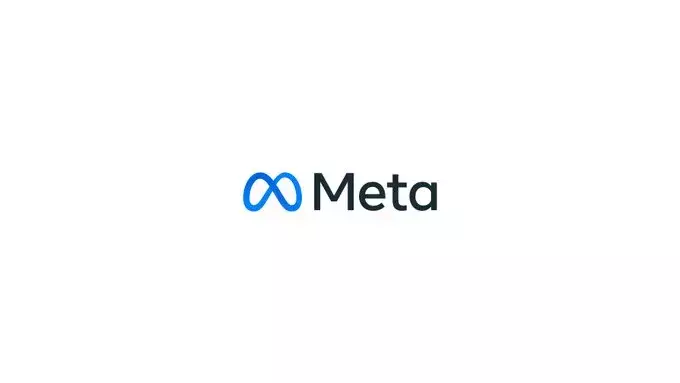In the rapidly evolving landscape of digital advertising, platforms continually seek innovative ways to optimize ad performance. Recently, Meta announced a new feature known as “Flexible Media,” highlighting its ongoing commitment to refining the ad delivery process using sophisticated algorithms and user response predictions. This article explores the implications of Flexible Media, its differences from prior features, and the broader landscape of automated ad campaigns.
At its core, the introduction of Flexible Media is designed to enhance how brands engage with their audiences. By allowing for a more nuanced delivery of advertisements, this feature underscores Meta’s intent to leverage data-driven insights for personalization. Essentially, Flexible Media enables advertisers to provide a selection of media assets that can be tailored based on specific ad placements. This level of customization means that different audiences might see varied creative content, enhancing the relevance of the ads they encounter.
What sets Flexible Media apart from previous options like “Flexible Ads” is its capacity to apply diverse images to distinct placement groups. While Flexible Ads allowed advertisers to submit multiple creatives from which Meta’s AI would select, Flexible Media elevates this concept by permitting the algorithm to decide which images should be associated with particular ad formats or contexts. This further pushes the envelope on how automated systems can function in digital marketing.
Meta’s move towards automating ad campaigns isn’t unprecedented; it reflects a growing trend across the digital marketing sphere. This transition towards automation can initially evoke a sense of apprehension among advertisers, as it seemingly shifts control away from human oversight. However, the rationale behind this shift lies in efficiency and effectiveness. The technology driven by artificial intelligence (AI) has the potential to analyze vast quantities of user data far quicker than any traditional method, allowing for targeted ads that can adapt in real time to user behavior.
Moreover, with the advent of features like Advantage+ and now Flexible Media, Meta is showcasing a pathway wherein businesses may eventually engage in a ‘set it and forget it’ model of advertising. Instead of painstakingly crafting campaigns based on user personas, businesses could, in theory, simply input a URL, and the AI would autonomously curate the entire campaign. While this might feel like relinquishing control, there is an argument to be made—backed by data—that such automation may lead to improved outcomes, as it harnesses the full potential of user analytics.
In an environment as dynamic as digital advertising, the importance of flexibility cannot be overstated. Different audiences engage with content in varied ways, and what resonates with one demographic may fall flat with another. By incorporating features like Flexible Media into their advertising strategy, brands can experiment with an array of creative expressions tailored to distinct segments of their audience.
However, the shift towards automation does not dismiss the fundamental importance of understanding one’s audience. Advertisers must strike a balance between harnessing sophisticated AI capabilities and leveraging their expertise regarding market trends and audience preferences. While Meta’s automated systems might simplify campaign management, insightful human involvement remains crucial in interpreting data trends and making strategic adjustments.
As Meta rolls out its Flexible Media feature, advertisers are faced with a pivotal choice: embrace the future of automated advertising or cling to traditional methods reliant on human curation. The fear of losing control is understandable, but it may also represent an opportunity to enhance engagement and drive higher conversion rates than ever before.
The shift towards automation, represented by Flexible Media, invites advertisers to lean into experimentation. As they test these new delivery methods, they can gain insights not just into the mechanical aspects of ad performance, but also deepen their understanding of audience engagement in an increasingly data-centric world. This evolution may indeed forge a path to more effective, targeted advertising, marrying technology with creativity for the benefit of both brands and the audiences they wish to engage.


Leave a Reply